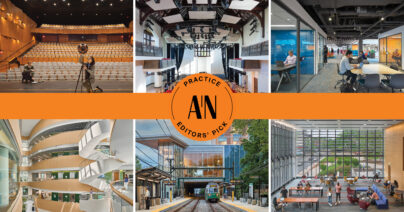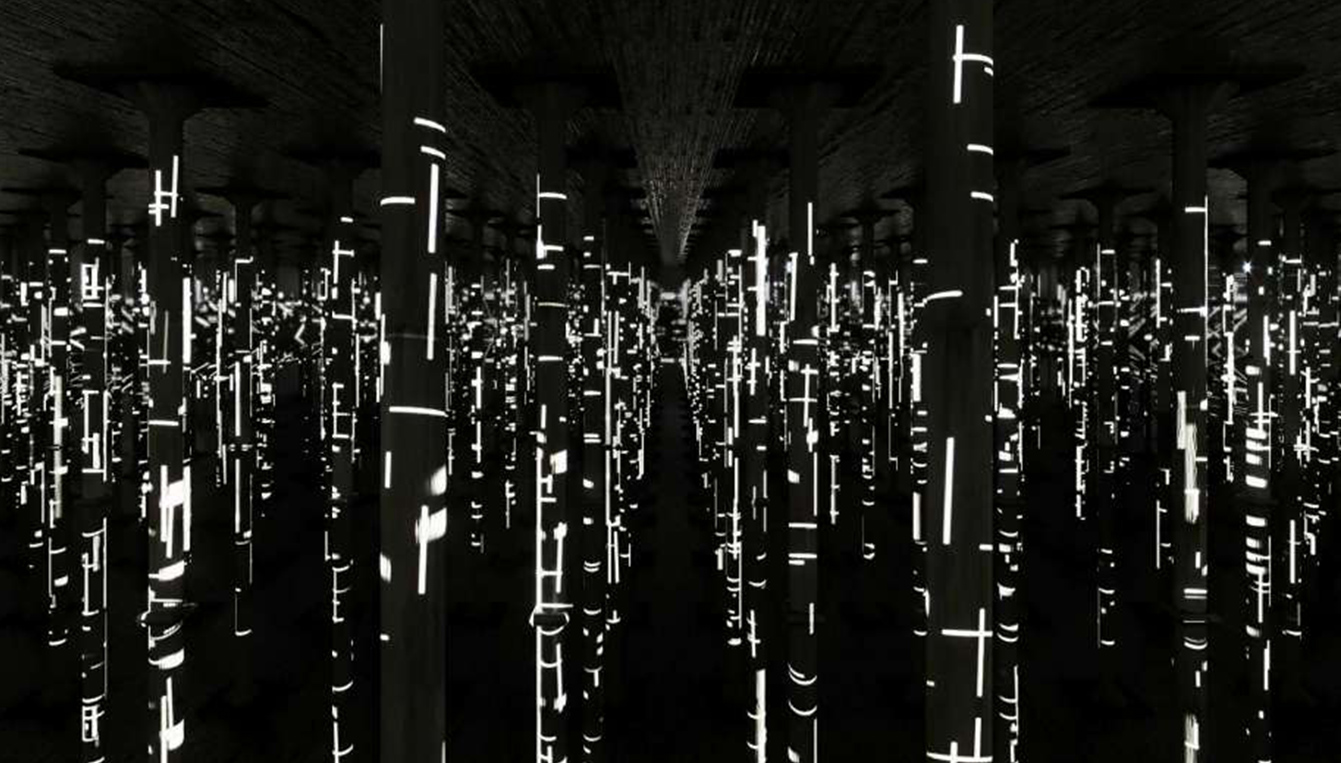 News
News
Acentech wins AN Best of Practice Award
Acentech is honored to be awarded an Editors’ Pick in The Architect’s Newspaper 2025 Best of Practice Awards in the Acoustic Consultant/Engineer category! This recognition highlights…

“Houston is a cruel, crazy town on a filthy river in east Texas with no zoning laws and a culture of sex, money and violence. It’s a shabby, sprawling metropolis ruled by brazen women, crooked cops and super-rich pansexual cowboys who live by the code of the west—which can mean just about anything you need it to mean, in a pinch.”‘ – Hunter S. Thompson
[blog written by John Lloyd]
I feel compelled to come to Houston’s defense when people deride it as simply a swampy urban sprawl. They’re not exactly wrong. I regarded Houston that way for the first couple of years I went to school there, but the more I allowed myself to look past the many strip malls and highways, the more beauty I discovered, and eventually I fell in love with the place. It’s been almost four years since I left Houston, but on a recent trip back I discovered a new gem that the city had to offer: an architectural and acoustical oddity that had been hiding underground for years.
As a city built on what was once a swamp, drainage is very important in Houston. There are both manmade and natural drainage canals scattered across the city that guide water from frequent heavy rainstorms out into the Gulf of Mexico with varying degrees of success (flooded roadways were the most common cause of cancelled classes). One of these natural waterways is the Buffalo Bayou which snakes around the north and east sides of downtown Houston.
Over the years this section of the bayou has been the subject of many beautification projects, and the most recent effort headed by Buffalo Bayou Partnership rediscovered a 15 million gallon drinking water cistern built in the 1920’s that had been decommissioned and long forgotten by the public. The decision was made to preserve the underground structure as the Buffalo Bayou Cistern for public viewing and as a site for unique art installations.
I had the opportunity to visit the cistern with two of my colleagues on a public tour and you can immediately see that it is remarkably beautiful. Distributed throughout the 87,500 square foot area is a forest of 221 concrete columns which are reflected in the couple of inches of standing water that remains in the bottom of the cistern, causing a surreal sensation that the space is even larger than it actually is. Our curiosity was also peaked by the acoustical possibilities of such a space. We often consult on projects where there are concerns about excessive reverberation in voluminous atriums with reflective surface finishes, and a 15 million gallon concrete cistern is this exact acoustical design problem taken to its logical extreme.
With a reverberation time greater than 15 seconds, the Buffalo Bayou Cistern did not disappoint. With very little sound absorption provided by the concrete surfaces our tour guide’s voice hung in the air and made it very difficult to distinguish her words. Understanding her was possible only when standing a few feet away, and even then we could feel ourselves straining to filter out her direct sound from the reverberant energy surrounding us. Towards the end of the tour, another group of patrons requested that we sing Happy Birthday to someone in their group. Singing this in the same key is a challenge under any circumstances, but in this incredibly reverberant environment just determining where in the song we were was difficult. It was a choir director’s nightmare, and we were terrible.
I would highly recommend visiting the Buffalo Bayou Cistern to anyone passing through Houston. The beautification project has outfitted it with lighted pathways and wheelchair accessibility and a light art installation has recently opened, further adding to its mystique. It’s a beautiful piece of Houston history and I found it personally gratifying to experience a dramatic demonstration of the acoustic principles that my colleagues and I employ in our consulting on a daily basis.
Featured image courtesy of Houston Chronicle, Jean C. Giallorenzo, M. Fernández